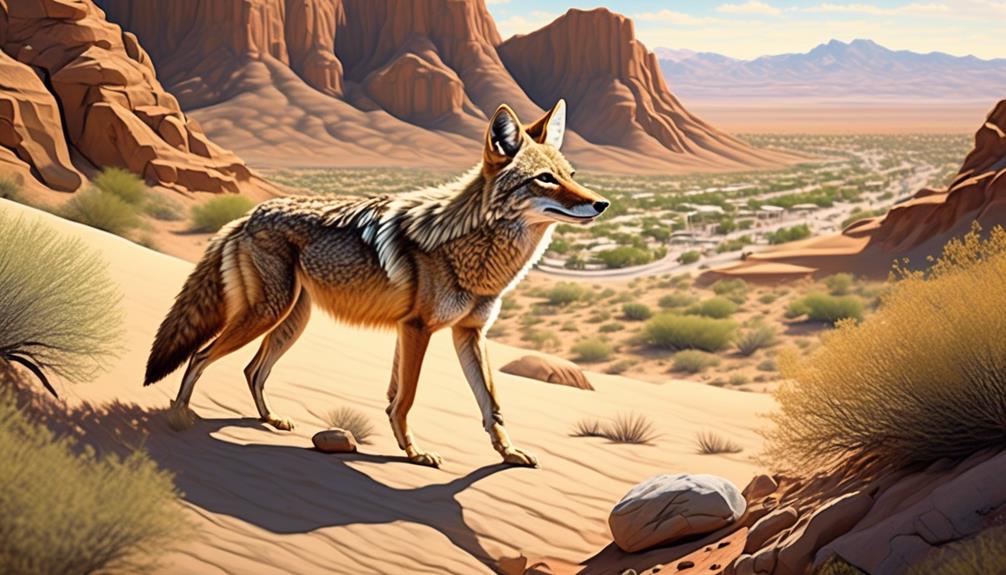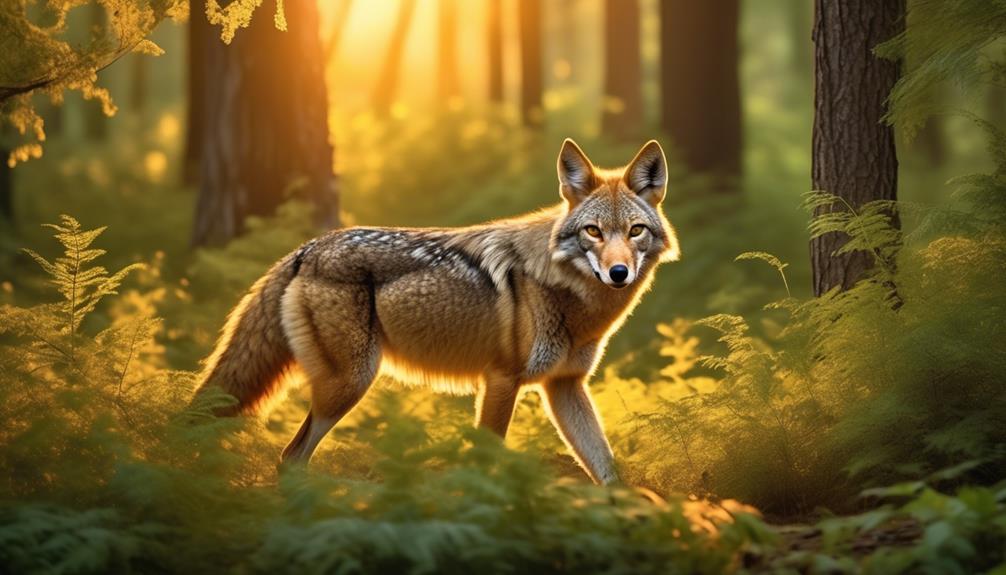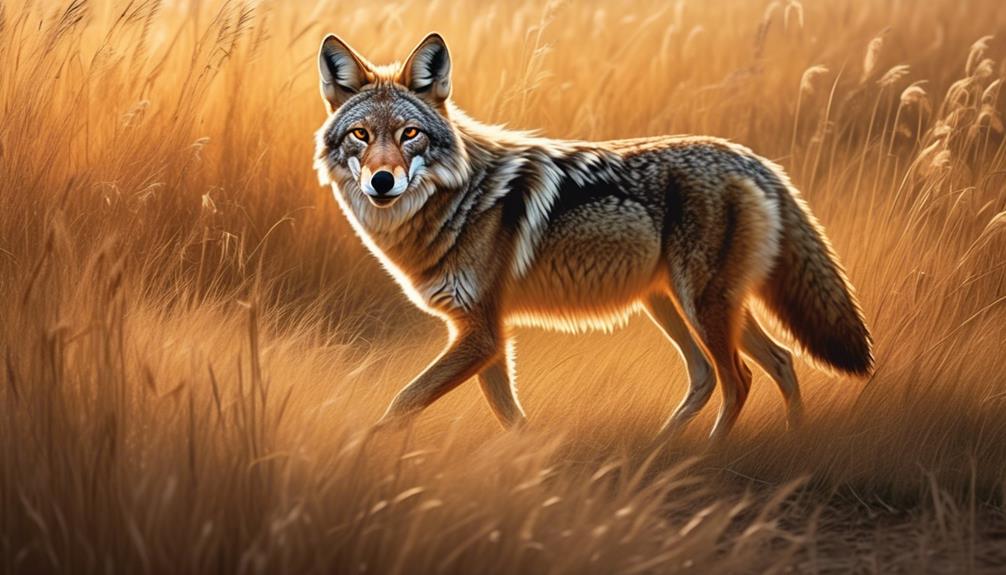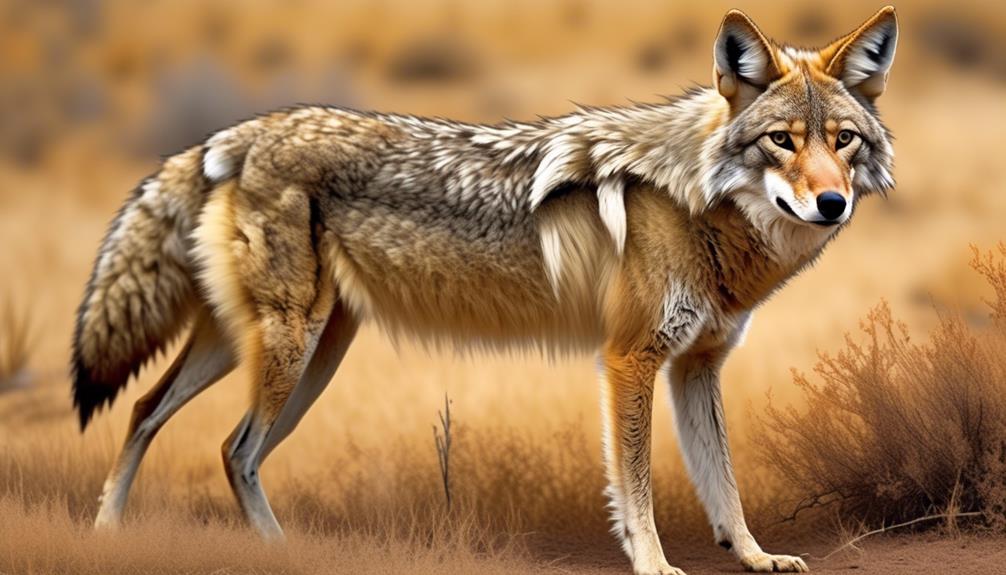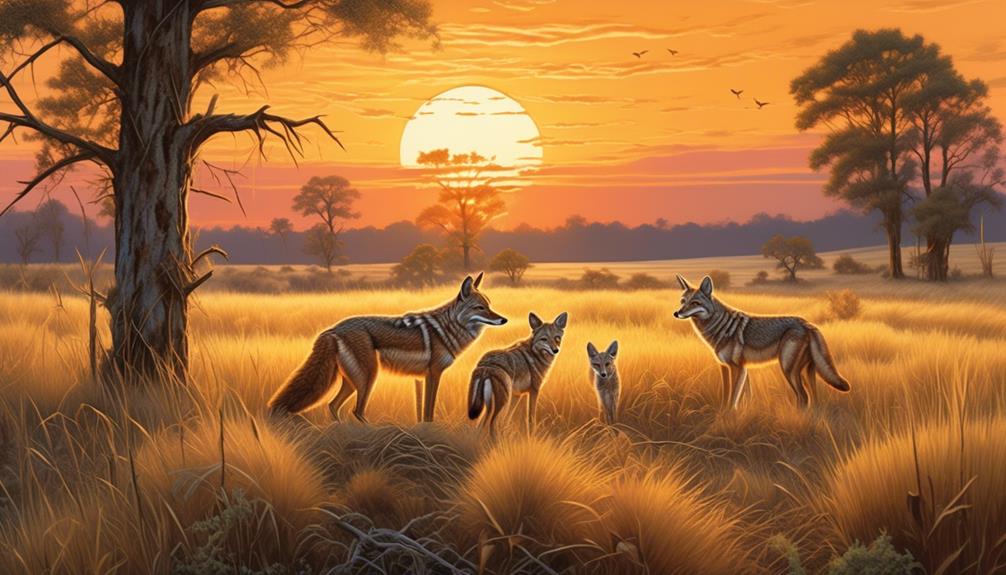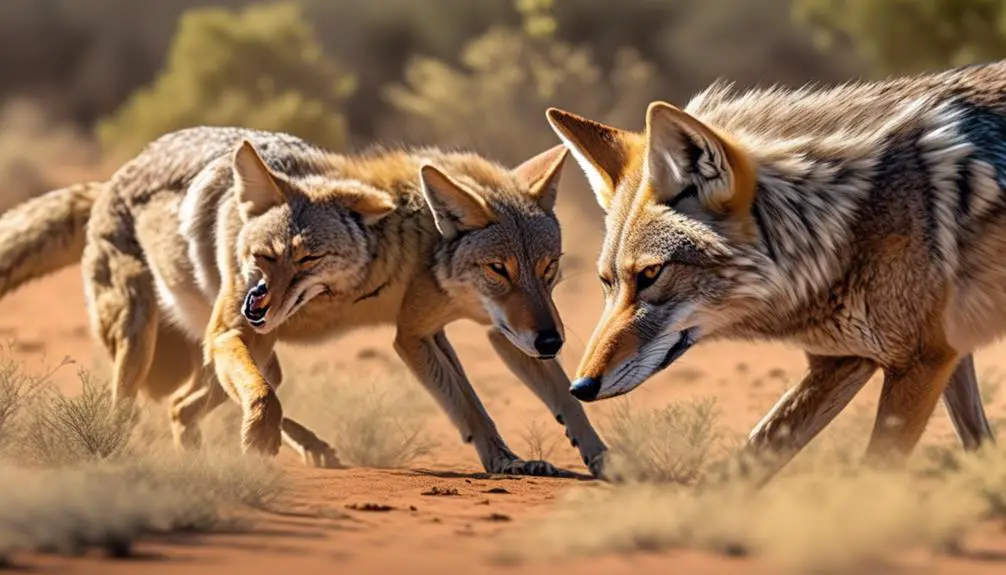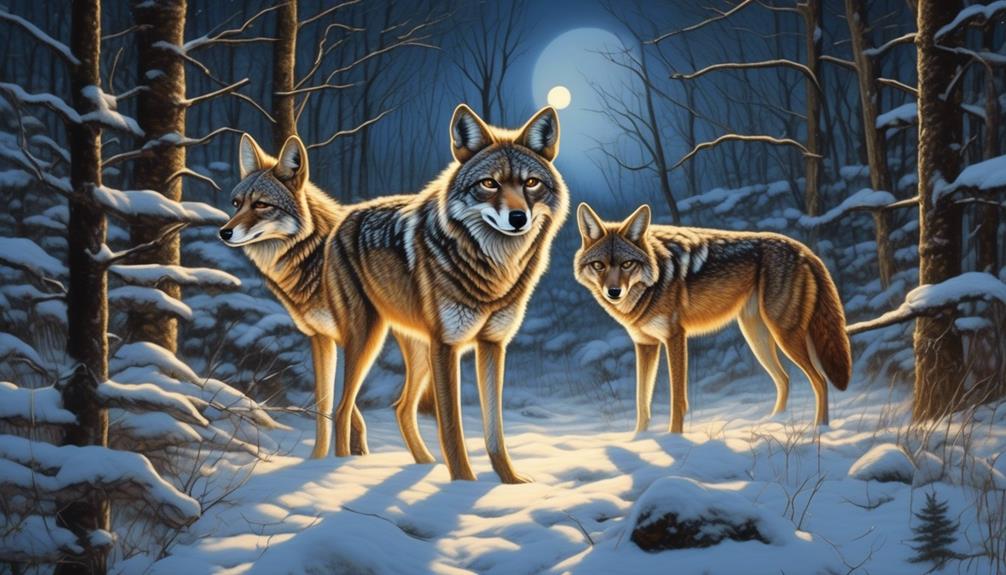
As you wander through the wilderness of Connecticut, a hidden world unfolds before you. It is a world inhabited by a creature both mysterious and adaptable, the coyote. These cunning canines have carved their place in the history of the state, their population steadily growing over the years. But what drives their behavior? How do they navigate the urban landscape? And for those daring enough, what does the world of coyote hunting entail?

